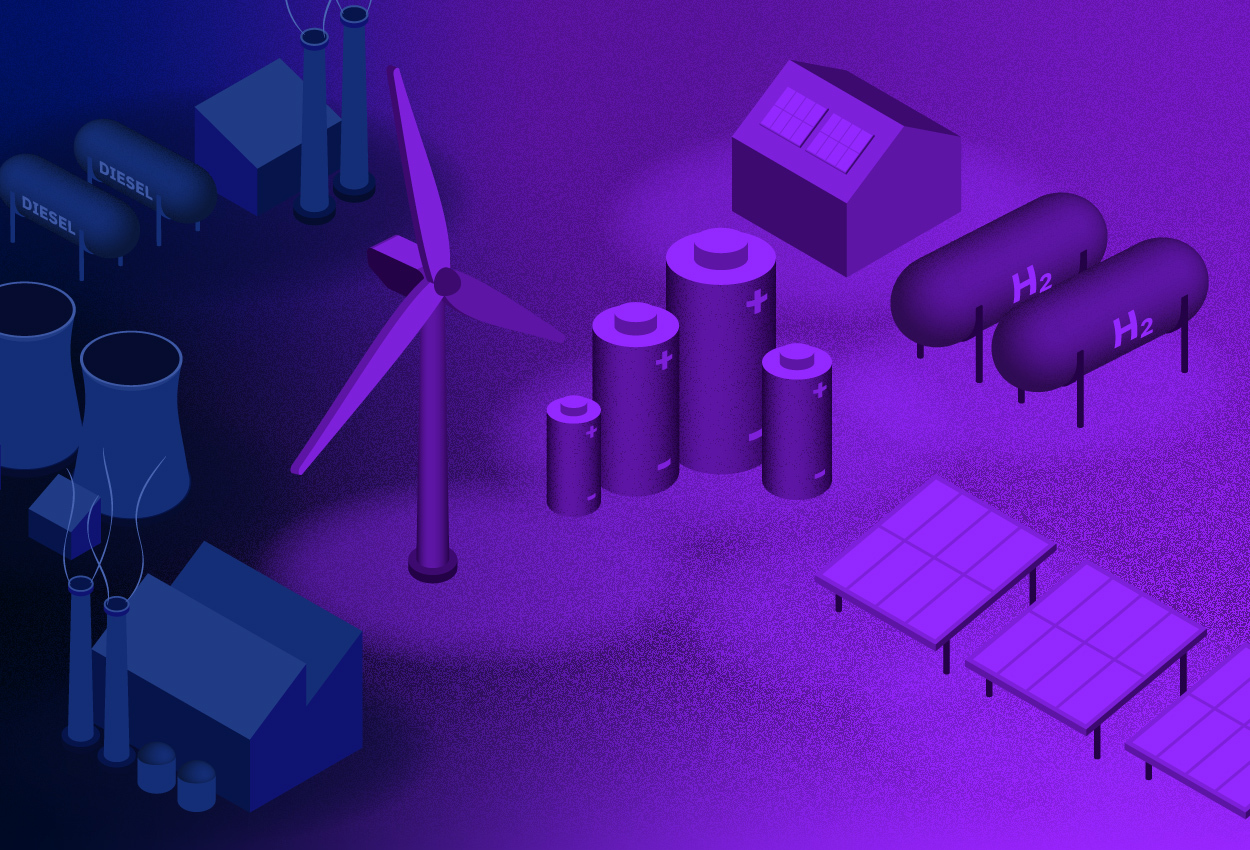Nic Kennedy - CEO | 19 August 2021


As a vehicle to meet New Zealand’s 2050 net-zero emissions goals, the transition to renewable energy is now firmly in the fast lane. Gentailer giants Contact Energy and Meridian Energy are exploring the plausibility of replacing the outbound Tiwai Point aluminium smelter with the world’s first large scale green hydrogen production facility. Solar investor Lodestone Energy is eyeing up sunny Northland to install our largest solar plant, lifting potential solar generation from the current 0.4% of total generation to a predicted 2% from Lodestone on its own by 2035, according to Transpower.
On the regulatory front, the Electricity Authority is prudently set to introduce on 1 September a five year code amendment to pre-empt congestion issues brought on by distributed generation connections to distribution networks, anticipating the rapid growth of distributed energy resources (DER) as seen in Australia.
With development and exploration happening in all corners of the country, renewable energy in New Zealand is no longer expected to remain a one trick pony, and technology systems must prepare to enable a diverse, decarbonised energy mix.
Mercury Energy’s CE, Vince Hawksworth is one energy leader strongly advocating for generation diversity in New Zealand’s energy future. “We need to explore all the alternatives in the diverse renewable portfolio that we have and that we are building.”
“Thirty years ago, wind and solar energy weren’t viable and would not have been chosen by central planners looking to the future.”
“Yet wind and solar have now emerged as mature technologies and are the focus of new developments.”
It’s clear that New Zealand’s generation mix is poised for rapid change. Critical to enabling this development are energy software systems that can adapt to the emerging technologies of the future. Legacy software built to solve the problems of yesterday, and indeed the problems of today, are not the right solutions to help us address the climate of tomorrow and help us reach our 2050 decarbonisation goals. Software solutions must be flexible enough to accommodate an uncertain future, including diversity of fuel type, meter composition, consumer behaviour, regulatory change and demand-response signal. As the consumer-facing participant of our industry, energy retailers must be enabled to explore the propositions of tomorrow to assist in mass decarbonisation. We must coordinate our strategies to move faster to a decarbonised, market-led future.
Energy retailers must also be prepared to approach solution development with a cost out, value in philosophy. As Symon Dawson of Informa Connect puts it, “the blueprint for the future focuses on technology and operating model transformation, alongside a focus on ways of working.” In other words, businesses should be looking to reduce cost with one hand, while increasing value with the other in a manner that provides future readiness for an uncertain future. In an energy context, this means ensuring operating systems provide ‘value in’ by redesigning and rebuilding the software eco-system for an uncertain future, while also achieving the traditional ‘cost out’ efficiency goals that an operating system would be expected to achieve through automation and standardisation. Unless an energy retailer is willing to invest in ‘value in’ equal to their investment in ‘cost out’, we will struggle as an industry to meet the diversification needs of the energy transition in New Zealand.
“We must expect unimaginable technological change over the next 30 years and the market will always find a better way than any central planner of dealing with all of the information and weighing the risks and opportunities appropriately,” Hawksworth says.
“We’ve got a 30-year hard deadline. We need to build in ambiguity and flex and keep going as fast as we can.”
“We’ve got this if we don’t try to pick winners.”
Flux has picked a winner, and that is innovation. We believe that true progress will only happen if energy participants recognise that the ways in which we make, move, sell and use energy are becoming increasingly less linear. Flux software is built to enable the yet unknown energy participants of the future to connect, interact and innovate. We believe in adding ‘value in’ as much as we seek to meet the ‘cost out’ needs of our clients, because we recognise our role to play in enabling the innovators to move us toward a decarbonised, stable and diverse energy future. We’re backing the innovators. Are you with us?

Sign up for the latest updates in technology, changes, regulations, and new energy products from Flux.